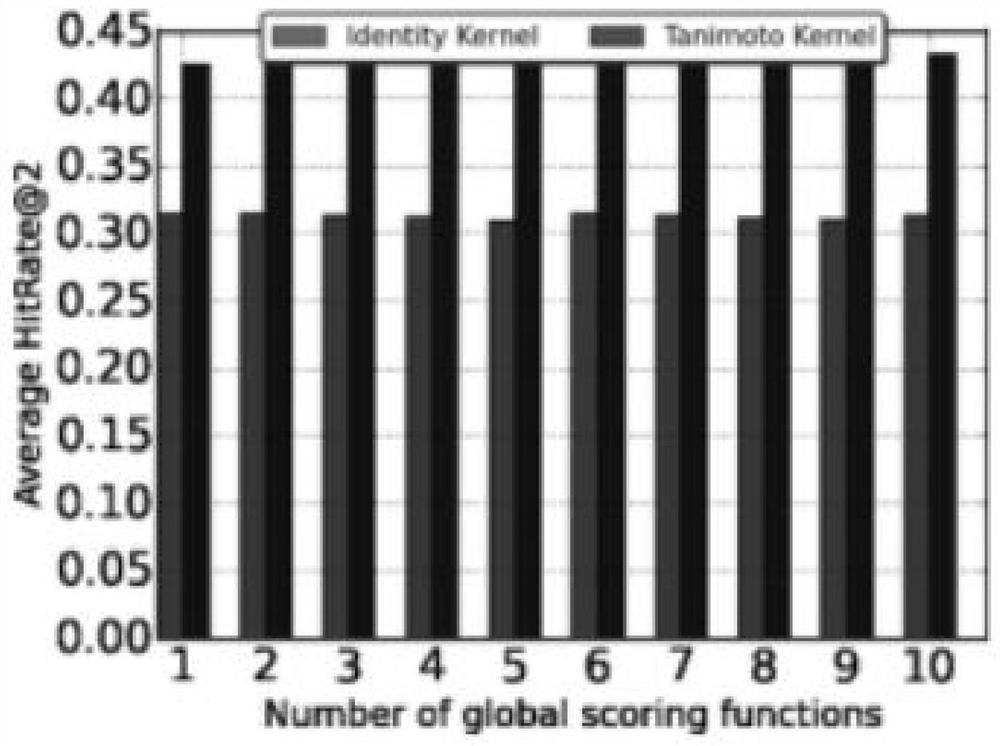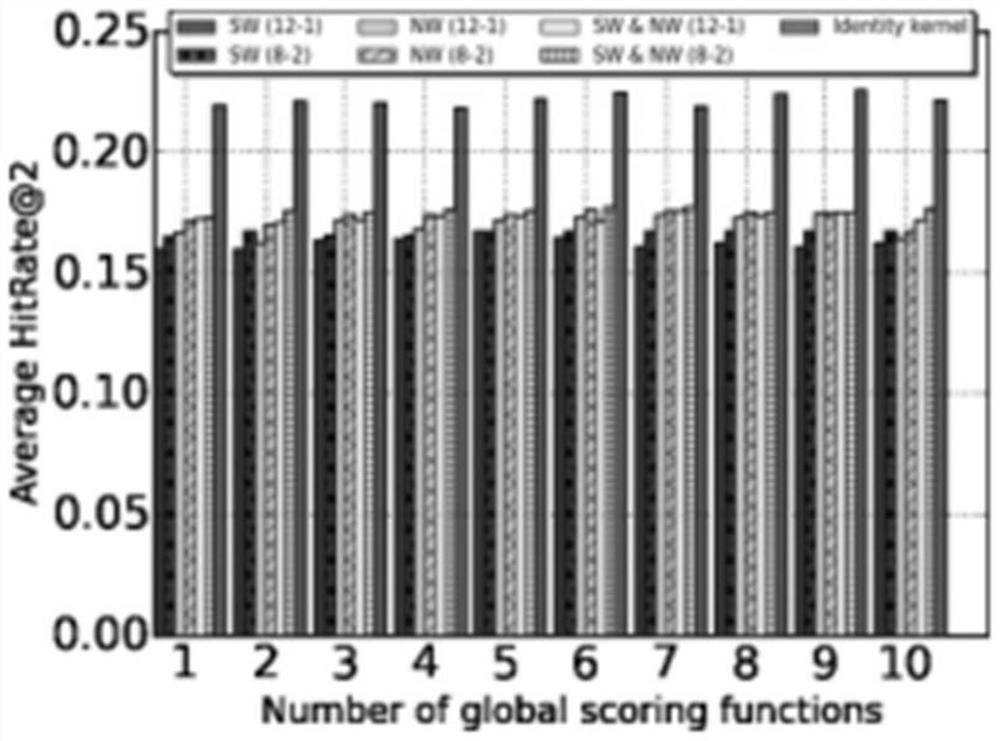Personalized adverse drug reaction prediction method, system and device and medium
A technology of adverse reactions and prediction methods, applied in the field of biomedicine, can solve the problems of low efficiency of model calculation performance, time and space complexity, and achieve the effect of shortening the clinical trial cycle of new drugs and good practical application value
- Summary
- Abstract
- Description
- Claims
- Application Information
AI Technical Summary
Problems solved by technology
Method used
Image
Examples
Embodiment 1
[0086] This embodiment proposes a multi-task learning model (KEMULA) based on a multi-kernel function to replace the traditional "one size fits all" and "completely individualized" learning methods. More specifically, the KEMULA model learns a constrained personalized ADRs ranking function to compute and rank each patient's ADRs occurrence risk score by assuming a shared function of the model. This function is called personalized ADRs ranking function (personalized ADR ranking function, or personADRank). Personal ADRank is a linear combination of multiple scoring functions that calculates a patient's risk of developing associated ADRs. The KEMULA model also incorporates Laplacian regularization to ensure that the personADRank function of similar patients is trained with close variable information, which improves the model's causality (true positives) of associations between a given patient and the corresponding ADRs. The schematic diagram of personADRank is as follows figure...
Embodiment 2
[0271] A personalized adverse drug reaction prediction system, the prediction system comprising:
[0272] Clinical data acquisition module: acquire clinical data of subjects;
[0273] Prediction model building block: Based on the KEMULA prediction model to predict the subject, get the subject's personalized adverse drug reaction results.
[0274] Wherein, the clinical data of the subject at least includes the information of the subject taking small molecule drugs, biotechnology drugs and the subject's medical condition (referred to as indications in the present invention).
[0275] The KEMULA prediction model includes a personalized ADR ranking function, which is specifically a linear combination of several personalized scoring functions that calculate the risk of a patient's occurrence of related ADRs.
[0276] The scoring function includes at least a small molecule drug function, a biotechnology drug function and a disease characteristic function.
[0277] Wherein, the fun...
Embodiment 3
[0295] An electronic device, including a memory, a processor, and computer instructions stored in the memory and run on the processor. When the computer instructions are run by the processor, each operation in the method of Embodiment 1 is completed. For brevity, here No longer.
[0296] Described electronic device can be mobile terminal and non-mobile terminal, and non-mobile terminal comprises desktop computer, and mobile terminal comprises smart phone (Smart Phone, such as Android mobile phone, IOS mobile phone etc.), smart glasses, smart watch, smart bracelet, tablet computer , laptops, personal digital assistants and other mobile Internet devices that can communicate wirelessly.
PUM
 Login to View More
Login to View More Abstract
Description
Claims
Application Information
 Login to View More
Login to View More - R&D
- Intellectual Property
- Life Sciences
- Materials
- Tech Scout
- Unparalleled Data Quality
- Higher Quality Content
- 60% Fewer Hallucinations
Browse by: Latest US Patents, China's latest patents, Technical Efficacy Thesaurus, Application Domain, Technology Topic, Popular Technical Reports.
© 2025 PatSnap. All rights reserved.Legal|Privacy policy|Modern Slavery Act Transparency Statement|Sitemap|About US| Contact US: help@patsnap.com



